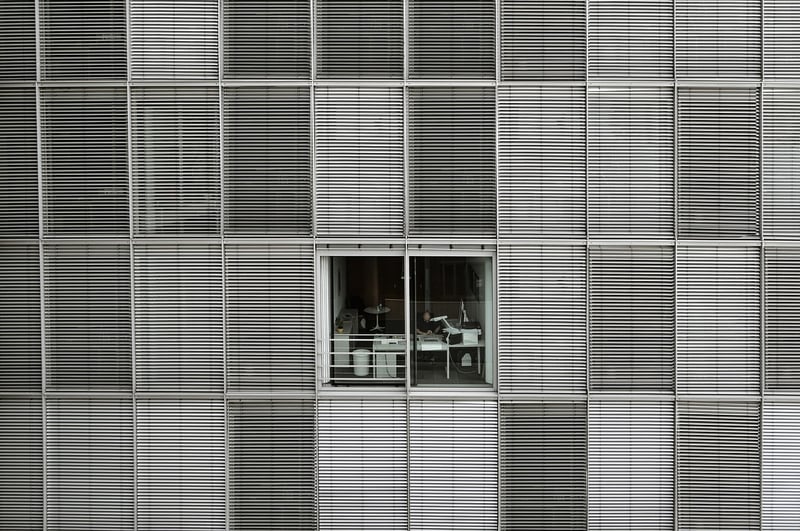Public Parks
Enhancing City Spaces with Greenery: The Importance of Public Parks
As urban areas continue to grow and develop, the importance of incorporating green spaces into city planning becomes increasingly evident. Public parks play a vital role in enhancing city spaces, providing numerous benefits for residents and visitors alike.
The Benefits of Public Parks
Public parks offer a wide range of benefits that contribute to the overall well-being of a city:
- Improving air quality by absorbing pollutants and producing oxygen
- Providing a space for physical activity, promoting a healthier lifestyle
- Creating opportunities for social interaction and community engagement
- Enhancing mental health and reducing stress levels
- Boosting property values and attracting tourism
Designing Green Spaces
When designing public parks, factors such as accessibility, biodiversity, and aesthetics should be taken into consideration. Incorporating a mix of trees, shrubs, flowers, and grassy areas can create a diverse and vibrant environment that appeals to a wide range of visitors.
Examples of Successful Public Parks
Several cities around the world have implemented innovative park designs that have become popular attractions:
- Central Park in New York City, USA
- Hyde Park in London, UK
- Klyde Warren Park in Dallas, USA
- Marina Barrage in Singapore
Conclusion
Green spaces are essential for creating a sustainable and livable urban environment. Public parks not only enhance the aesthetic appeal of a city but also provide numerous benefits for the health and well-being of its residents. By prioritizing the development and maintenance of green spaces, cities can create more enjoyable and environmentally friendly spaces for everyone to enjoy.


